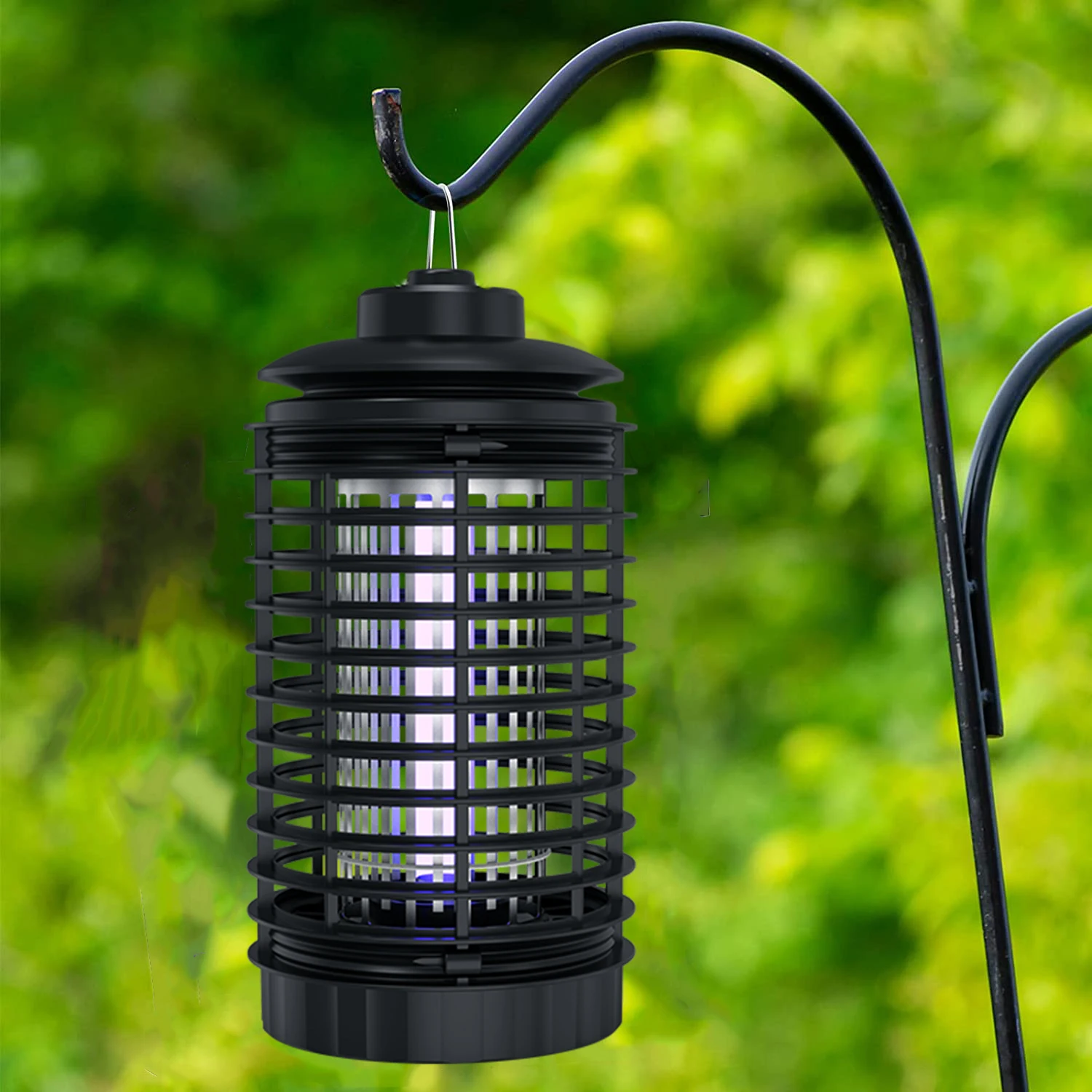The Ultimate Guide to Effective Outdoor Pest Control
Introduction
Hello, outdoor enthusiasts! Senal: You're watching an episode of Backyard Intruders I'm sure a million better things you can do with your time. Do what you can with the hands you got, and allow us to guide you through outdoor pest control. Get ready for a fist-to-cuffs, brawl, charisma, insect odor with the weakest, dirtiest flies you have ever punched a stomach to. The gentlest little vegetarians who eat your plants — it's time to learn some truth about our house and garden pals. Well, get ready to strap on your War Gloves.
Familiarizing Yourself with Outdoor Common Pests
This is from the basics, we have to know about our enemy. I mean think about it — you have a barbecue and food out and all of a sudden you have visions of uninvited guests — ants with chefs in tow in be winged by raccoon sprint this is not a pretty sight!
For instance, it can be rodents, as in mice and rats; insects as in mosquitoes and ants; and even wildlife pest such as squirrel or raccoon. None of them have the same habits, the same taste, the same way of doing things but they all a most general point in common: they act like you grow against the wall of policies of peace and freedom stating as clear and loud as this.
How To Prevent Pests Outdoors
Now that we know who the bad guys are here are some ways to keep them away from you. Outdoors pest control is all about performing the environment for radical adjustment and precautionary actions. The secret is to make your backyard the most undesirable place for these invading pests.
Landscaping for Pest ManagementLets get started with what your landscaping actually does. Choose plants that keep insects away For example, marigolds are mosquito repellant, and lavender is awesome insect repellant. So trim those bushes, mow those lawns, crochet those trees — a well manicured yard is the last place a pest belongs.
The second phase is sanitation. That trash? Five stars for bugs. Get it gone, have it rectified. Keep food in enclosed containers and clean up any spills and mess you create quickly. Neat is a dirty yard, get used to dead.
Physical Prevention: Another prevention land set physical barriers. Fencing can keep out bigger pests like raccoon and screens on windows and doors can keep insects out of the house. Check for any entry point from the house itself for example gaps in the foundation or entry through a skylight — empty space in the entry and windows — and know the reason behind them arriving. Think of it like a game of keep away-you are the quarterback and the pests are trying to steal your pigskin.
Natural Pest Control Methods
If you are not able to trust experienced individuals then it is not correct what so ever which states that you must use chemical substances to avoid insects breaking your property. With out chemical sprays to pollute your air for you and your family and pets you can get rid or reliable pest management. Not only this. Not only that though, but cost-wise it is also a heck of a lot cheaper; by the end you will find few others costs fall anywhere in the vicinity of 16¢.
Natural Predators: Bring in the natural predators to your yard!! WR: Swallows or wrens snap up bugs while in flight—and when you may also find it is gone to roof with things that stay essential from your house, and toads too eat anything you want. Certain species of frogs and lizards are adept at controlling the populations of mosquitoes and other pests. Provide suitable habitats like bird houses and small ponds where these beneficial creatures congregate.
Use as repellent for plants and planted: Some plant and botanical material will repel. Some herbs, including rosemary and mint, repel bugs and can be grown on the outskirts; the same is true for the citronella plant that helps avoid mosquitoes. Its basically giving your garden a natural perfume that none of the pests can handle.
Alter The Environment: And last but not least, change the environment to something less pleasant for the pest. Are things like tearing at the environment, removing possible breeding spots of have insert possible light and humid conditions. Put away buckets and containers that collect rainwater, for instance, mosquitoes reproduce in still water.
Conclusion
That's it! Therefore this is our supreme guide to pest control outdoors. After all, prevention is better than cure, right? Clean out the garden and do a little bit of armchair gardening or let the pros go to work where appropriate! And a little bit of the art of deception you can mask the nature of having to share your tranquil garden. Back off, you better go find your own land.

 EN
EN


















































 ONLINE
ONLINE